We’ve shown that the Tesla Model 3 has the ability to Supercharge quickly already. Just wait until you see the impact of Gen 3 Superchargers.
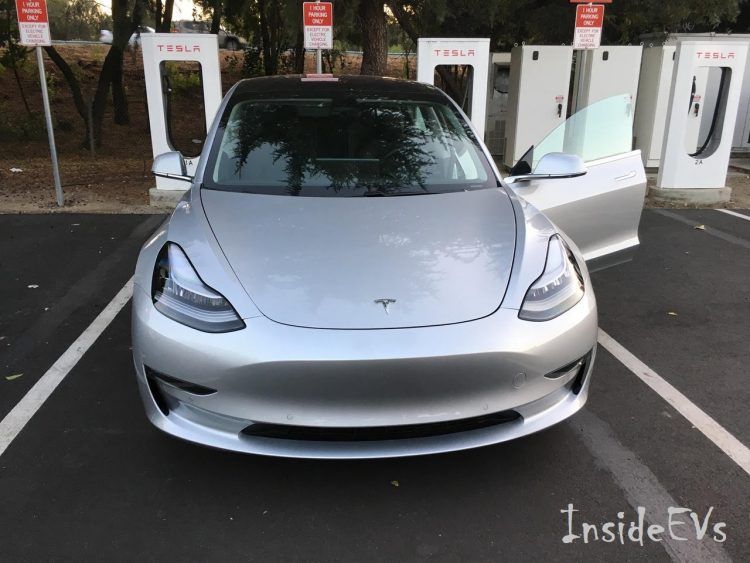


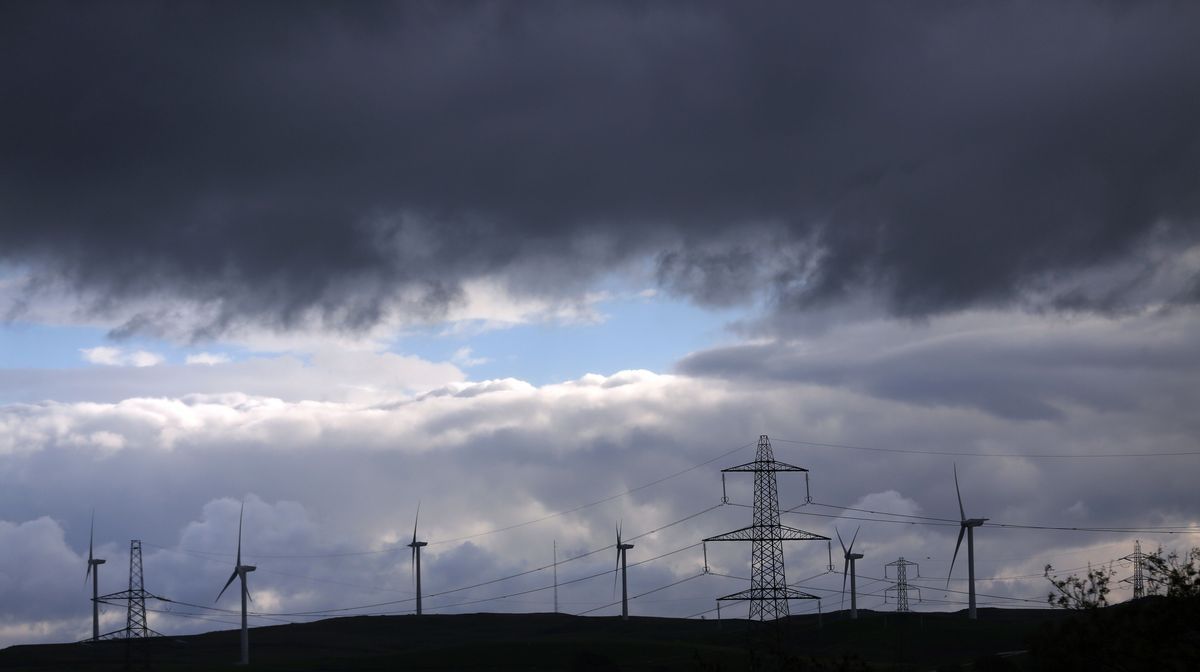
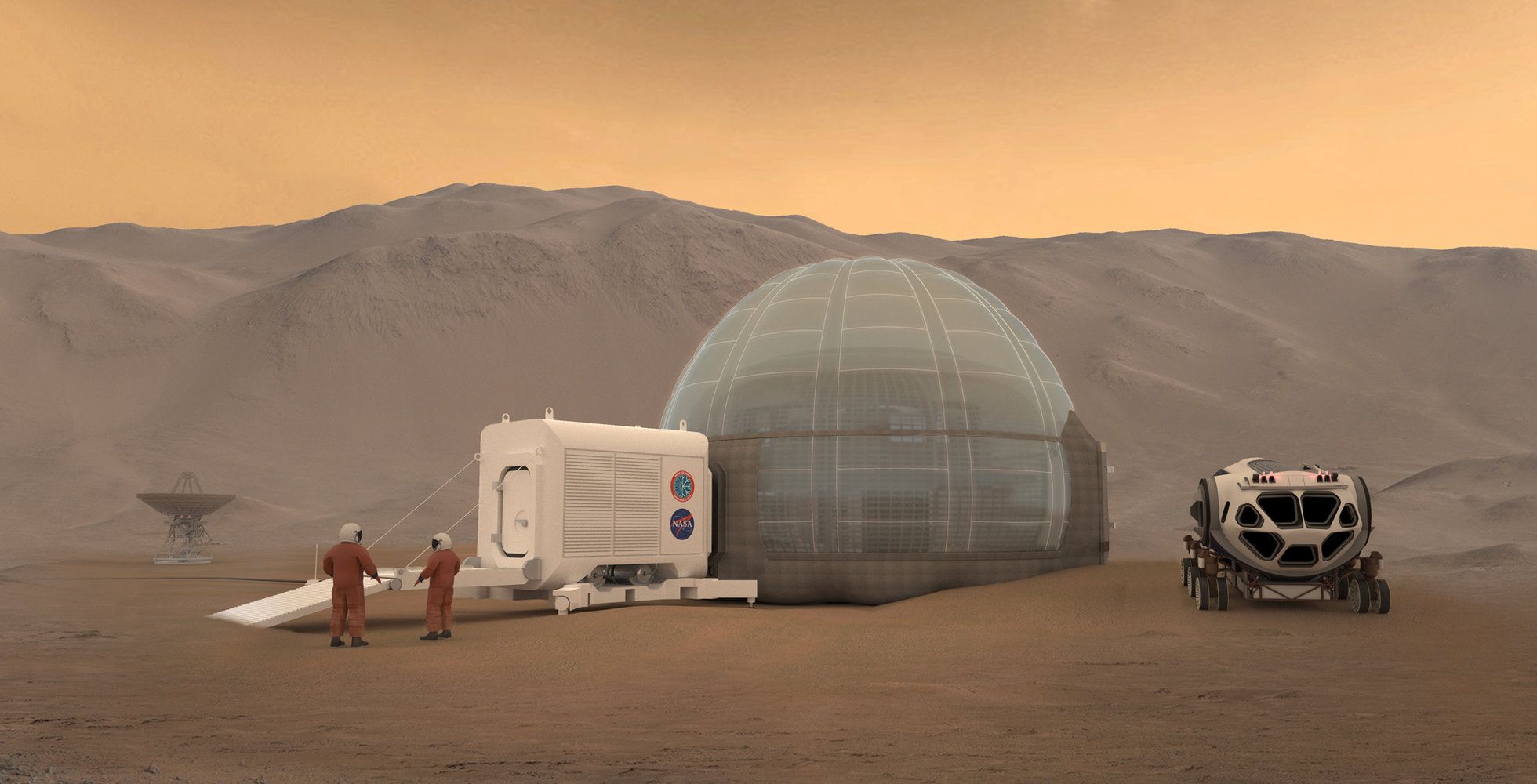
This article was originally published at The Conversation. The publication contributed the article to Space.com’s Expert Voices: Op-Ed & Insights.
Space X and Tesla founder Elon Musk has a vision for colonising Mars, based on a big rocket, nuclear explosions and an infrastructure to transport millions of people there. This was seen as highly ambitious but technically challenging in several ways. Planetary protection rules and the difficulties of terraforming (making the planet hospitable by, for example, warming it up) and dealing with the harsh radiation were quoted as severe obstacles.
Undeterred, Musk took a first step towards his aim in February this year with the launch of a Tesla roadster car into an orbit travelling beyond Mars on the first Falcon Heavy rocket. This dramatically illustrated the increasing launch capability for future missions made available by partnerships between commercial and government agencies.
When we think of wind turbines, the first thing that usually comes to mind is the typical Sim City-esque type – 3 blades, gigantic, and wired into the municipal power grid. In truth, the world of wind power generation is far more varied indeed – as [Vittorio]’s vertical-axis wind turbine shows us.
So what exactly is a vertical-axis wind turbine, you ask? Well, rather than the typical setup with blades rotating about a horizontal axis, as in typical utility turbines or a classic electric fan you might use to cool off on a sunny day, instead a vertical axis is used. This necessitates a very different blade design due to the orientation of the rotational axis relative to the flow, so such turbines can be quite visually striking to those unfamiliar with such designs.
[Vittorio]’s design is a great way to get to grips with the type. The blades and supports were initially created out of PVC gutter channel, though 3D printed versions have also been developed. The motion is turned into electricity by using a simple brushed DC motor as a dynamo.

A team of researchers from Cologne and New York has presented proposals for future traffic management. A dynamic, fair toll for road use could reduce congestion.
In the current issue of Nature, the economists Peter Cramton, Axel Ockenfels (both University of Cologne) and Richard Geddes (Cornell University) describe a concept in which drivers would have to pay a dynamic fee for the use of roads. This would contribute to avoiding traffic jams and protecting the environment, the researchers argue. Fees that respond to traffic volumes in real time and with site precision, taking into account factors such as vehicle type and exhaust emissions, can significantly improve traffic flow and contribute to reducing air pollution.
Traffic jams are not only annoying and time-consuming, they are also costly. In Germany, the economic damage caused by congested roads in 2017 totaled approximately €80 billion. “Currently, road users who cause traffic jams, while damaging the environment and even incurring costs, are paying just as much as those who are not involved,” says Ockenfels. “Without a toll, this means that the general public is subsidizing these road users. That’s unfair.” A toll for road use would bring these costs to light and reduce congestion. “If the fee adapts to the volume of traffic and the situation on the road in real time, i.e., is more expensive at rush hour than around noon, everyone can choose the route that suits them best. This already works for navigation systems,” explains Cramton. “Ultimately, this would reduce the load on main traffic arteries, improve traffic flow and reduce CO2 emissions.
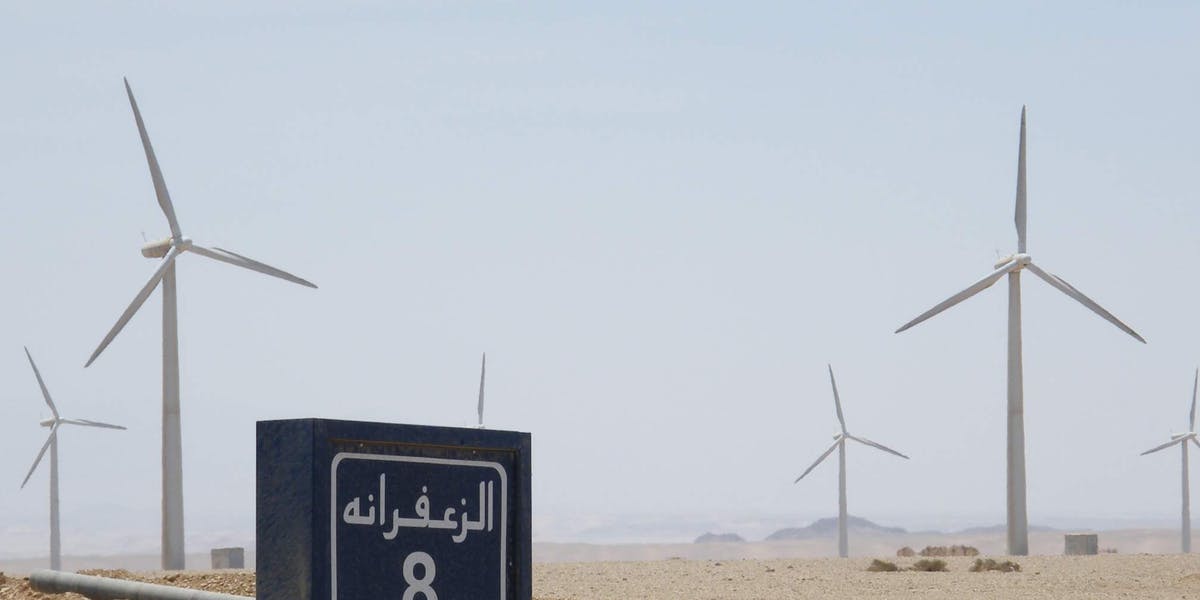
The Egyptian government wants to get 42 percent of its energy sector powered by renewables by 2025, leaving a healthy 5-year window for their 2030 sustainability goals with the United Nations.
In the Western Desert, 400 miles south of Cairo, a solar energy company named KarmSolar is helping them do it. Founded by five friends in a cafe, the company is building what will become a hub of 30 individual power plants with a collective capacity of 1.8 gigawatts of electricity. Located near the Benban village near the Nile, KarmSolar’s complex already employs 4,000 people at the first of 30 facilities, which came online this past November. Once it’s completed, according to the Los Angeles Times, the Benban Solar Park will be the largest solar plant in the world.
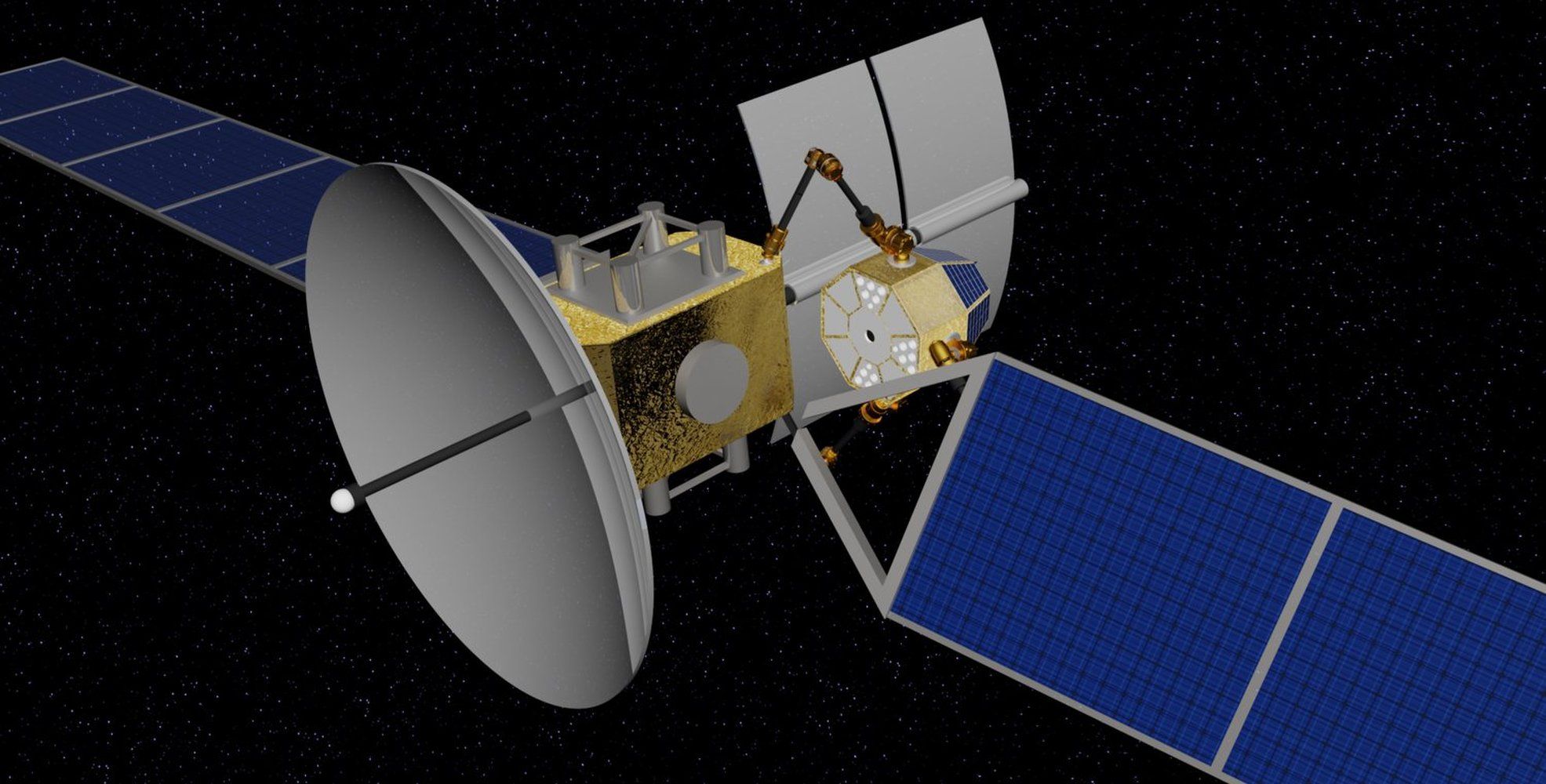
Small satellites will soon pack an outsize power punch, if one company’s plans come to fruition.
One of the first big jobs for the Archinaut in-space assembly robot being developed by California startup Made In Space may involve outfitting small satellites with large solar-power systems in Earth orbit.
Such work could boost the power potential of spacecraft in the 330-lb. to 660-lb. (150 to 300 kilograms) range by a factor of five or more, allowing them to take on duties previously limited to larger satellites, company representatives said. [Satellite Quiz: How Well Do You Know What’s Orbiting Earth?].

If people cannot adapt to future climate temperatures, deaths caused by severe heatwaves will increase dramatically in tropical and subtropical regions, followed closely by Australia, Europe and the United States, a global new Monash-led study shows.
Published today in PLOS Medicine, it is the first global study to predict future heatwave-related deaths and aims to help decision makers in planning adaptation and mitigation strategies for climate change.
Researchers developed a model to estimate the number of deaths related to heatwaves in 412 communities across 20 countries for the period of 2031 to 2080.
Astrophysicist Neil deGrasse Tyson says lawmakers and the media cherry pick scientific papers to reinforce political ideals on climate change and says it’s irresponsible to create public policy while ignoring the scientific community’s consensus.